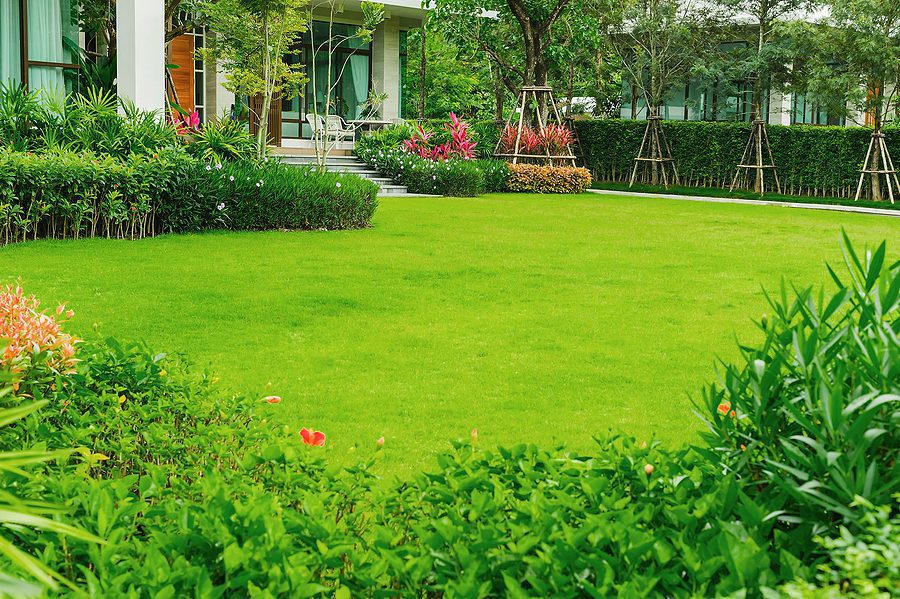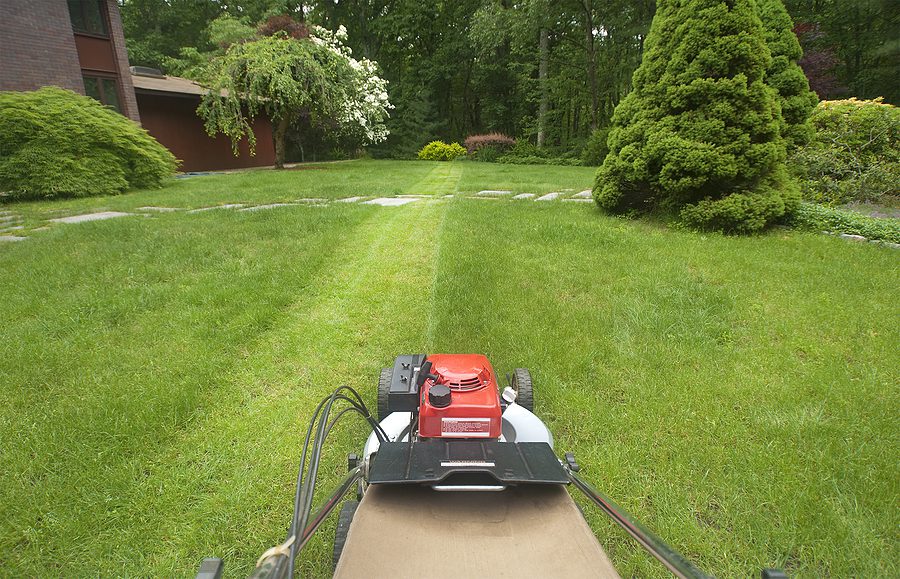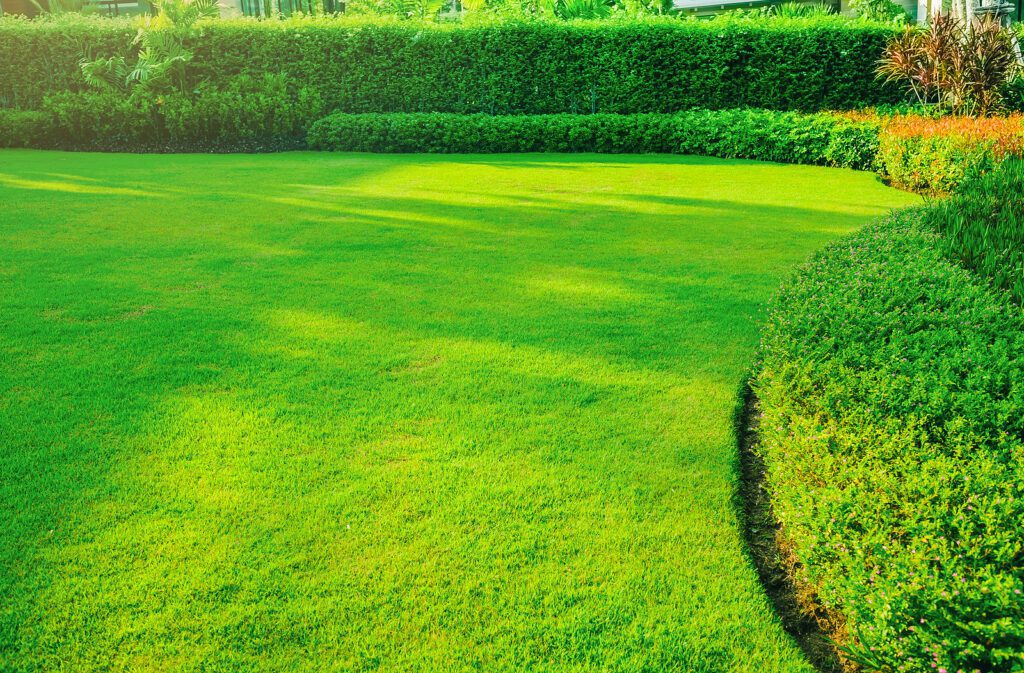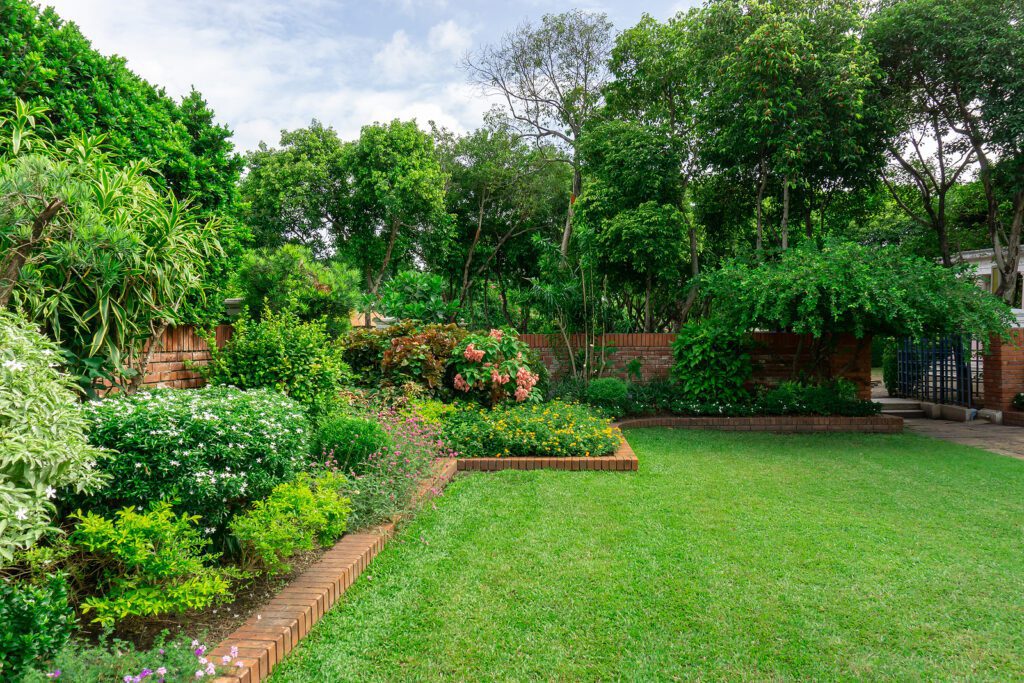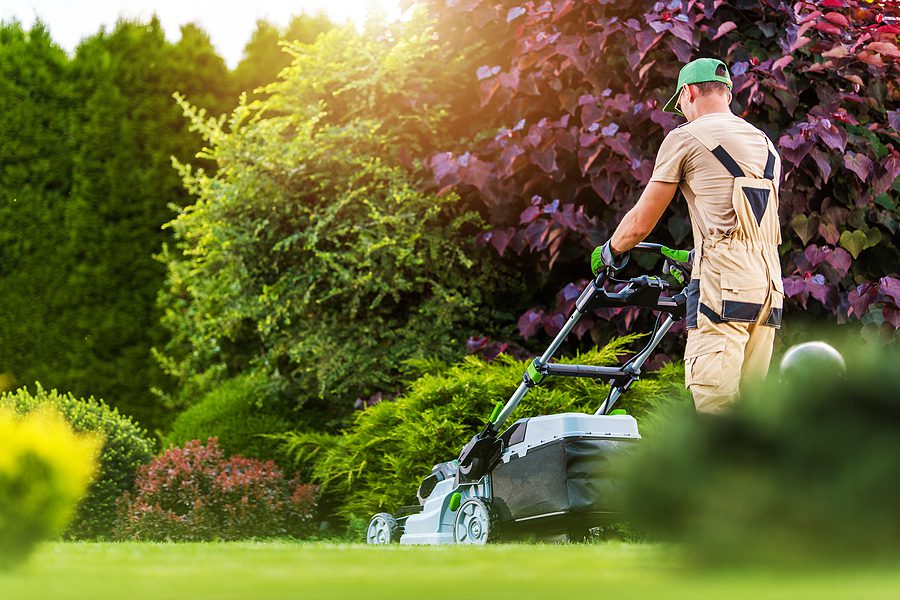Albuquerque Lawn Care No-No’s – The Ultimate List Part Two
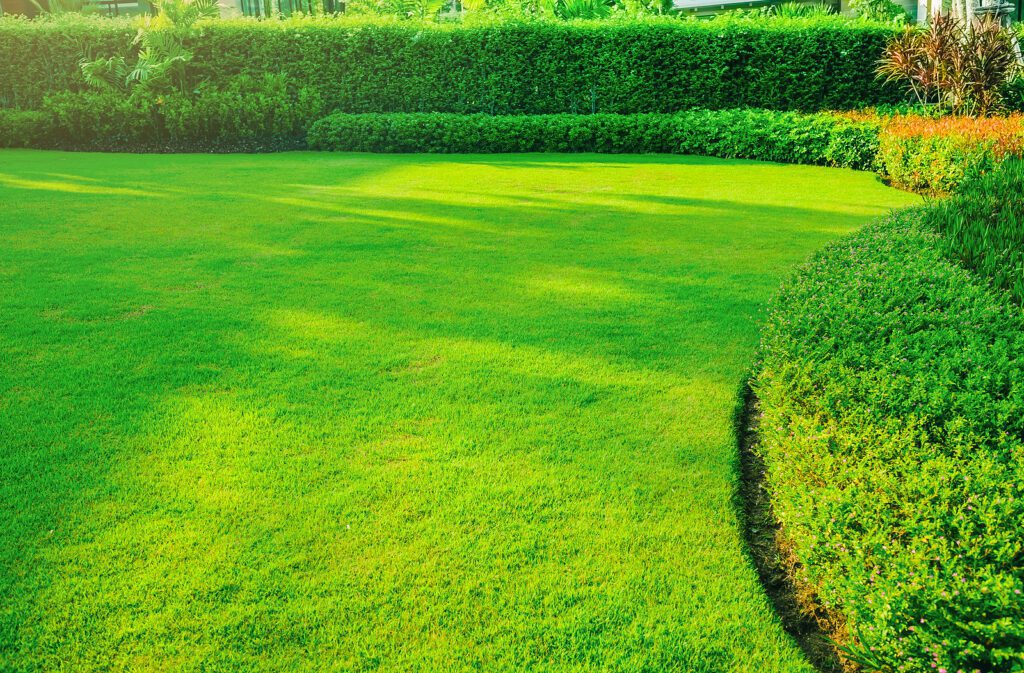
Albuquerque lawn care done right means using the right type of grass seed, doing lawn maintenances on a regular basis and other basic up upkeep tasks regularly. Making certain to not do things that will harm the lawn or not keep up with maintenance is just as important. Here are several no-no’s to know for the proper Albuquerque lawn care and maintenance. No green thumb is needed to maintain a lawn suitable for walking about on bare feet. All that is needed is hard work, regular follow up and ongoing care.
Avoid letting too much time pass between mowing
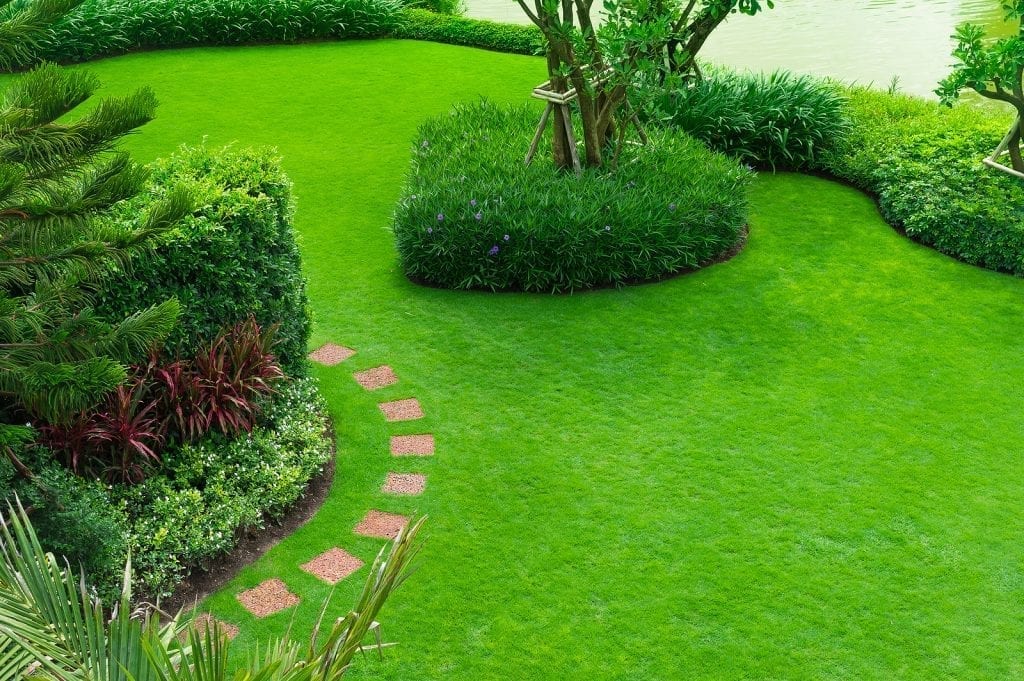
Take your time if you just returned from a trip, and the neighbor’s child forgot to trim your lawn. Re-mow a few days after removing part of the length. Because of this, there will be less strain on the grass. Depending on how long the grass grows, you may need to make three passes.
You Shouldn’t Skip Reseeding.
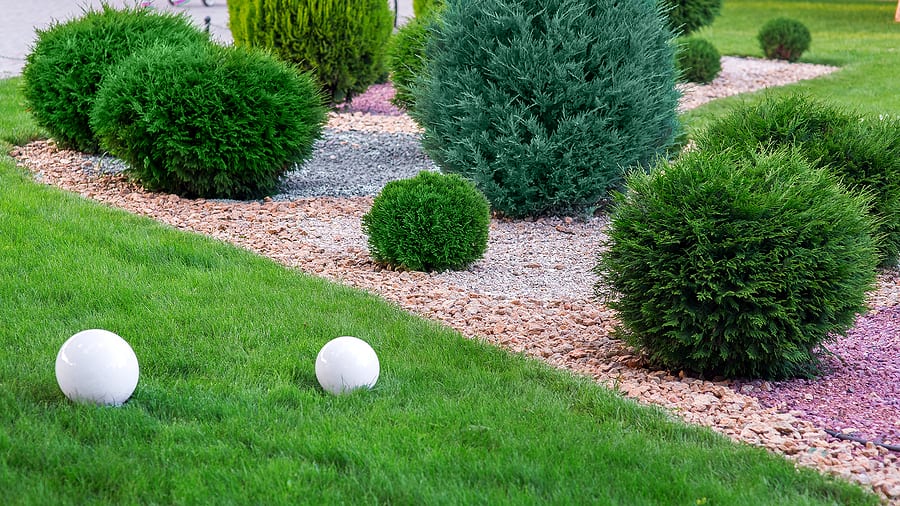
You can reseed a lawn of typical size throughout a weekend. You’ll need to haul a few rental devices back to your house. You’ll need to water the soil every day for the first month or two after completing your reseeding process.
Keep Grass from Being Too Short
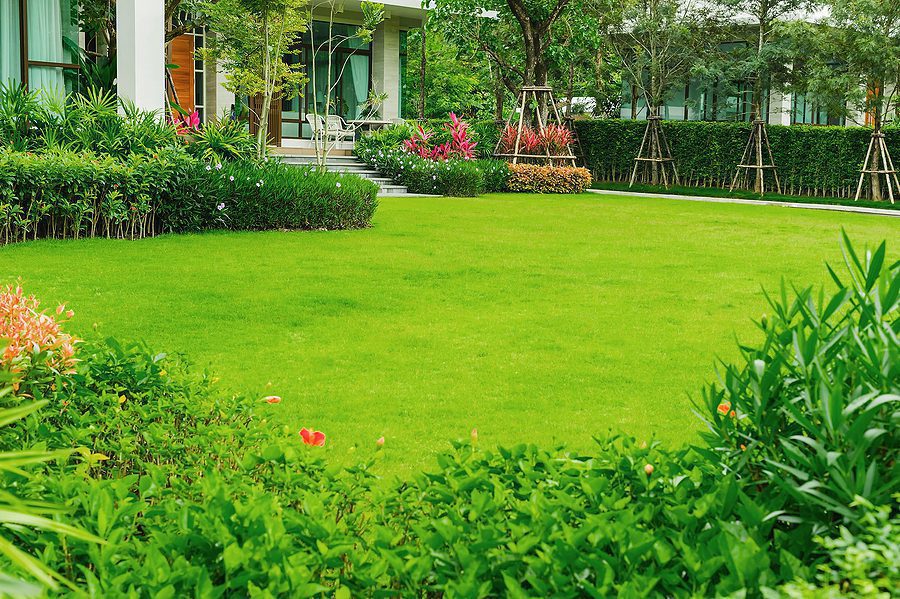
Every variety of grass has an optimum cutting height, and you want to stay on the higher end of that range while mowing that grass. A few explanations can be given. For the plant, each blade of grass is like a mini factory that produces food. Long edges make more food than short blades. Also, the longer the grass is, the more shade it provides and the more cooling it gives to the soil. Fewer weed seeds imply less watering is required since the water does not evaporate quickly. Have trouble identifying your lawn’s species? You can take a sample to a garden center to be identified.
Mow in a different direction every time you do it

As you mow your lawn during the summer, it’s easy to get into a rut. However, you should avoid making your lawn mowing routine overly reliant on the same tools. When you mow your lawn, try going in a different direction each time instead of going in the same order each time. If you cut your property in the same manner, the grass will grow at an angle, and you may leave permanent tracks from your mower wheels on the ground.
Cut Wet Grass Only When It’s Dry
In wet grass, the mower wheels might make ruts in your yard, and you may leave behind huge clumps of clippings that could suffocate the grass beneath. In addition, a thick mat will form underneath the mower deck because of the damp grass, making cleanup a hassle.
In extreme temperatures, avoid the use of broadleaf weedicides
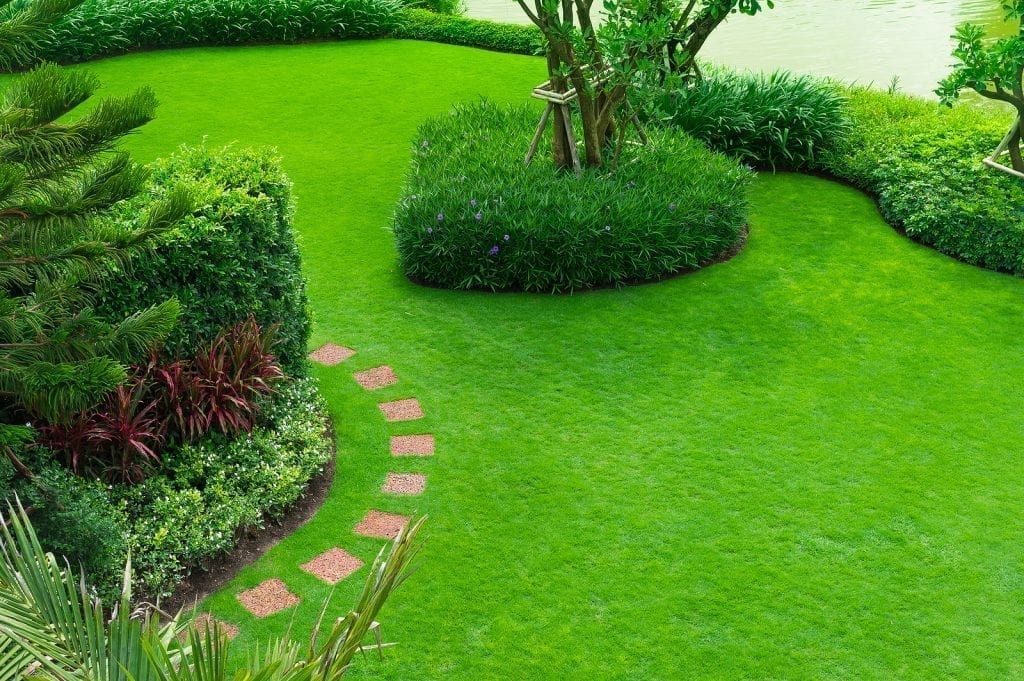
Weeds need to be killed as soon as possible. Why? Because the leaves are where the herbicides are absorbed before being distributed throughout the plant. Herbicides are less effective in winter since the weeds don’t grow, and the herbicide isn’t interesting. The herbicide will harm the grass if the temperature is too high. The recommended temperature range is provided in the product instructions. When rain isn’t expected, use pesticides; a drenching will wash away the herbicide before it has a chance to work.
Take care not to overfeed your lawn.
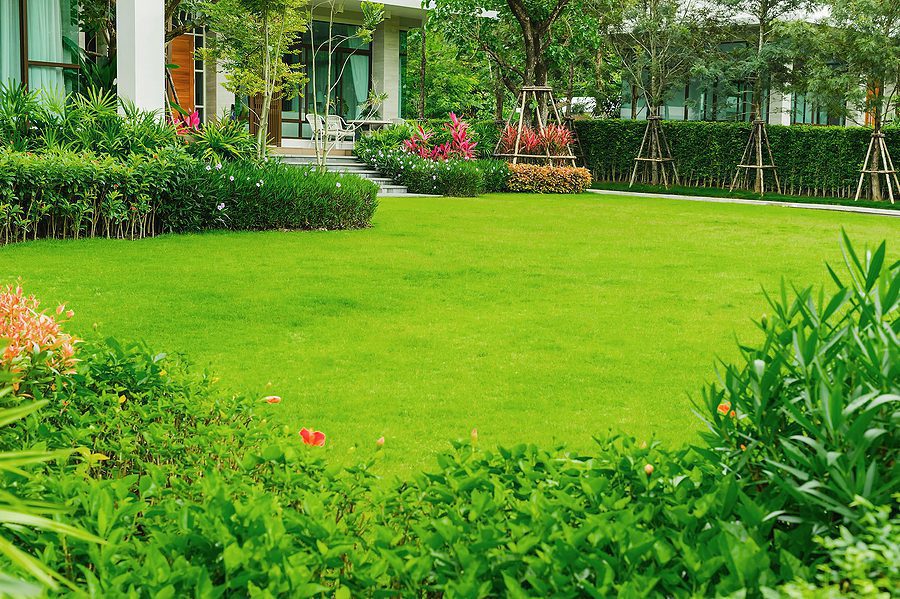
Too much grass fertilizer, especially on sandy soils, will leach out of the ground and end up in our groundwater, lakes, streams, and wetlands, which we depend on for our livelihood. There is a minimum quantity of nutrition required for lawn grasses. The more you have, the less you have.
Don’t Forget About the Pets!
Dead grass in the center is surrounded by dark green grass in a four- to eight-inch-diameter circle. They’re most noticeable in the early spring when the dormant grass begins to grow green again and are often created by a winter’s worth of animal urine. Grass will not regrow on its own; you must replace it. However, you must first dilute or eliminate the soil’s acidic urine. Soak the affected region with water for at least 30 minutes.
Compost isn’t something to be taken lightly
Use high-quality compost as a final topdressing on your grass. Improved root systems and more content plants result from adding compost to poor or damaged soil. One teaspoon of compost includes one billion beneficial microorganisms to increase soil structure and texture and water and air retention.
Using a shovel, sprinkle a layer of compost 1/4- to 1/2 in thick over your lawn. After that, use a rake to incorporate it into the soil. After aerating, this should be done. There is packaged compost in most garden centers. However, purchasing in quantity is the way to go if you want to cover a whole yard. There is no need to worry if you purchase excessively since you can use the extra on your garden and shrub beds.
Remove only a portion of the leaves that have fallen to the ground.
Decomposing leaves are beneficial to your grass; did you know that? Natural fertilizer is found in the organic content of leaves, which aids the growth of your lawn the following year.
According to several turfgrass researchers, fallen leaves can even restrict weeds’ growth. Using a lawn mower (preferably equipped with a mulching blade) to chop up the leaves is how he suggests mulching them. But if your lawn is covered in a mountain of leaves, it may be difficult to mulch at once, which might suffocate the grass. Get rid of those mounds of leaves till your grass is covered in a light dusting of leaves.




